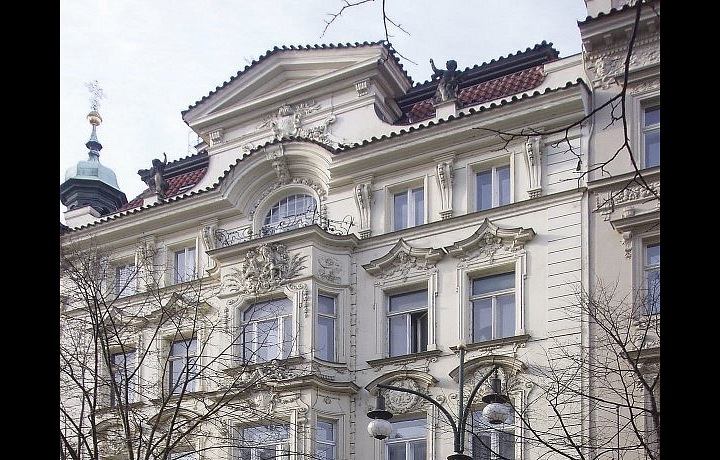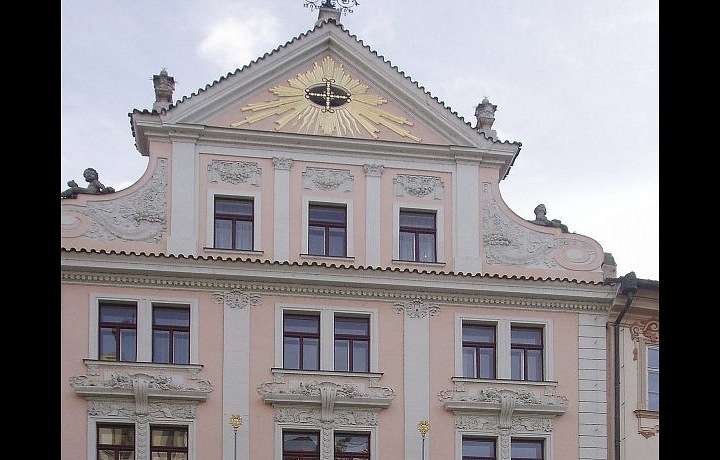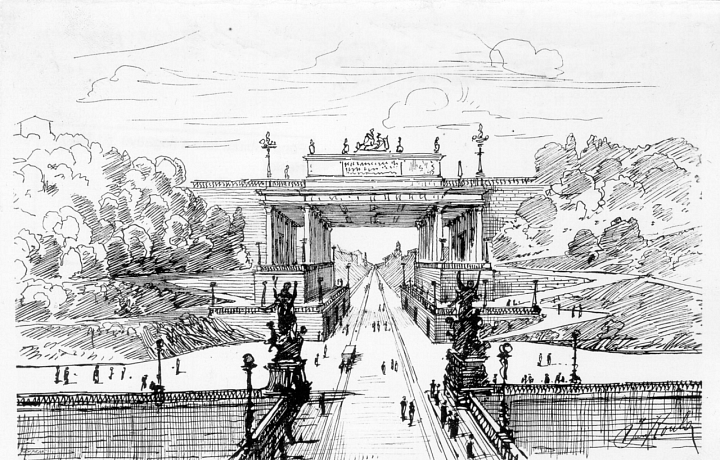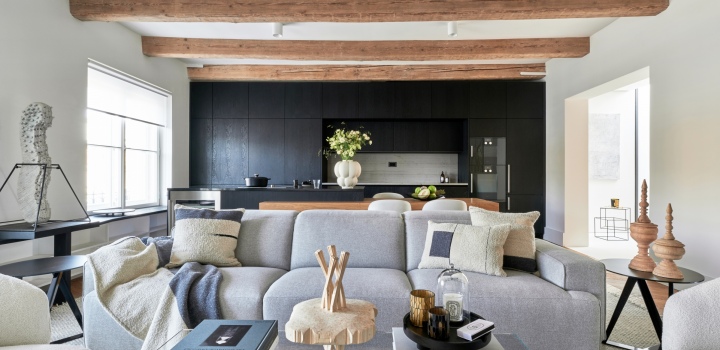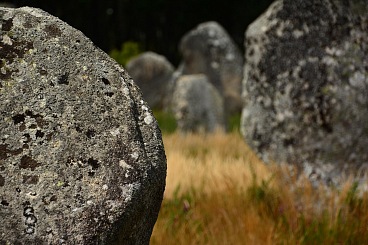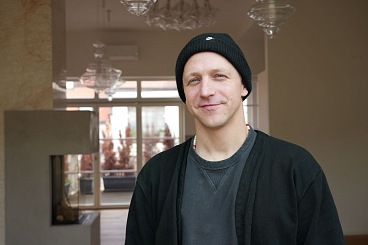Czech Architects: Jan Koula and His Historic Redevelopments of Famous Buildings in Prague
Some people are simply good at what they do, and Jan Koula is a shining example of that. His talent is immortalized in a number of buildings, their historic redevelopments, and his publication and teaching activities. While the general public might not know of his architectural achievements, those well versed in the field truly appreciate him.
Jan Koula dedicated his life to his studies and work – but while he chose architecture to be his main field, he also found interest in the folk arts and crafts. He even became a professor in ornamental painting, and this passion made him a well-respected specialist in the Czech Republic. He was also known as an expert and promoter of various forms of folk arts.
An undeniable legacy as an architect
The number of buildings he designed from scratch is not as high as one might think. One that is certainly worth mentioning is his luxurious villa in Prague – Bubeneč, decorated with fine folk motives, and the nearby Suchard’s villa, also decorated in a similar ornamental style but also highly luxurious. The Svatopluk Čech bridge is also remarkable; it amazes onlookers with its metal arcs and luxurious secession-style decorations. One other specialty that often piques the interest of bystanders are the statues located on the tall columns by Antonín Poppa.
Small-scale work
His work was not focused primarily on monumental buildings; instead, he designed sgraffitos, worked with ceramics, cut and engraved glass, and designed jewelry and furniture. He spent hours working on small details and minor improvements – exercising and focusing his patience. And the results were worth it – the outcome being the desired artistic results.
Adjustments and repairs of the works of others
With love and due care, he worked on restoring historic and older buildings – both interiors and exteriors. Among others, he worked on today’s government presidium, the Old Town Hall, and the U Minuty house. Thanks to his expertise on architecture, historic buildings and folk arts, he was often part of supervisory boards – for instance when clearing Old Prague and furnishing the Karlštejn castle.
His contribution to the world did not consist of a list of luxurious buildings, but rather his love for what he prized the most – art, its creation and preservation.




